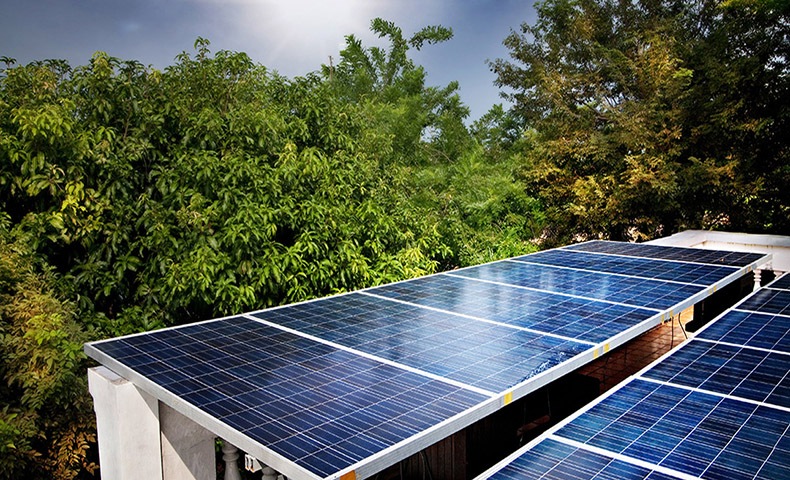
When installing a new solar power system on your home, you might want to try mixing panels produced by different companies or try using panels with different wattages. This is generally not recommended, but with the proper guidance, there’s nothing stopping you from installing your panels how you want. Let’s look and some of the do’s and don’t’s of mixing solar panels together on your roof.
Different Manufacturers, Different Problem
You might think the problem with mixing panels made by two different companies is just that: that the companies are different. That’s not actually the real issue here. The issue is the panels themselves, which are made differently, have different components, and are usually of different quality. Say, for instance, you buy a mix of panels from a cheap company and an expensive company. Maybe you’re on a budget, and you think you should invest in a few expensive panels, but for the rest of them, you decide to go with the route that’s more affordable to you. You figure that if you have a few more expensive panels, it will outweigh the problems with the cheap ones. However, what you need to keep in mind is that the cheaper panels are more likely than not going to die out much faster than the expensive ones, which means you’ll have to replace them and spend more money, anyway.
You’ll also run into the issue of your panels possibly having completely different electrical characteristics, which will make connecting them a real challenge. Let’s explore more how we would go about this.
How to Properly Connect Panels in Series
Connecting solar panels together is a must in order to get the maximum energy from them possible. However, how to connect them depends on what panels you buy.
One way to connect the panels is by doing so in series. This means that your panels are lined up side by side, with the negative side on the left and the positive on the right. When you’re done, you should have a negative side and a positive side exposed on each side, which will also allow you to connect more in the future. This is a great way of installing panels if you have one that’s of a lower voltage than the rest. While no matter what, you’ll end up with lower energy production, having a lesser quality panel at the end of your series of panels won’t have a hugely detrimental effect to the overall setup. If, however, you were to lay the panels down in an order where the voltage changes on every single panel, this would interfere with the energy production. You also need to consider things like the current, which would mess up your entire series if the current of the lowest quality panel was lower than the rest of them. This would have an impact on the whole series and bring the entire performance down, meaning it wouldn’t be worth it to try to save money on a couple panels.
How to Connect in Parallel
Another type of connection is in parallel, in which the panels go horizontally instead of vertically, and the very bottom one has both the positive and negative connections free. In this type of installation, having just one panel with a lower voltage than the rest brings down the whole array a significant amount, making this a not nearly as ideal way of installing mixed panels.
All in all, it’s true that you can connect different panels, and if you do so in a series, you can get away with it and face a loss as low as just 3%. This may definitely be worth it to you if it means saving you money in the long run. Just make sure to do plenty of research into the panels you purchase so you don’t accidentally lose more power than you expected.
Want to learn more tips and tricks about solar designs? Check out the HahaSmart blog!
HahaSmart Blog - More Solar Tips and Guide
HahaSmart News - Stay Informed
Your Solar Incentives - See Credits and Incentives in Your Area
Check Your Home's Solar Price - See How Much You Save
Register Now - Unlock The Lowest Solar Prices in Your Area


Input your address to see if it is solar friendly and how much you can save with solar.
Great. Your address is perfect for solar. Solar incentive is still available. Select monthly utility cost and calculate the size of solar system you will need now.
| kw System size | years Payback period | Lifetime savings |
No money down, 100% finance is available.
|
|
Want to design your perfect solar home? Sign up now and we'll help you! |
Comments